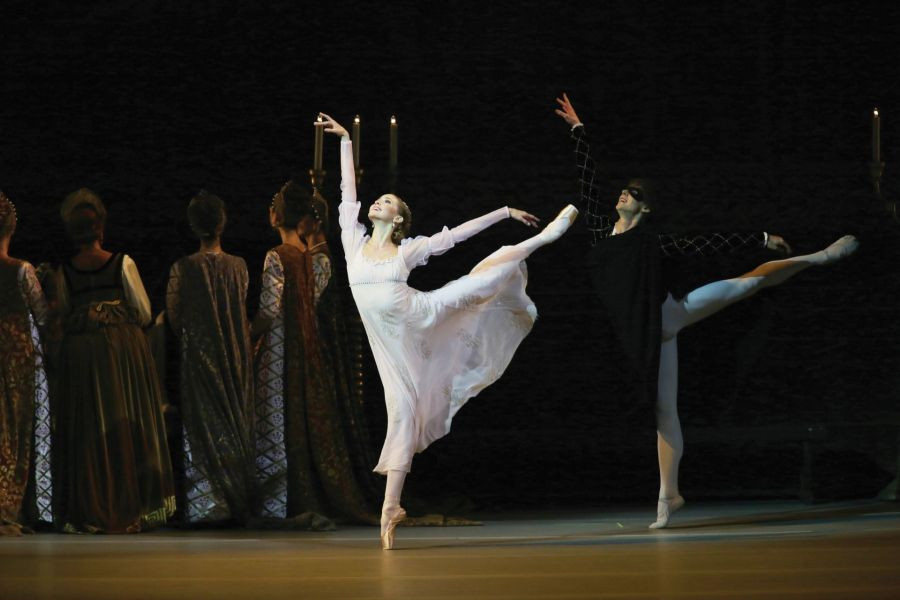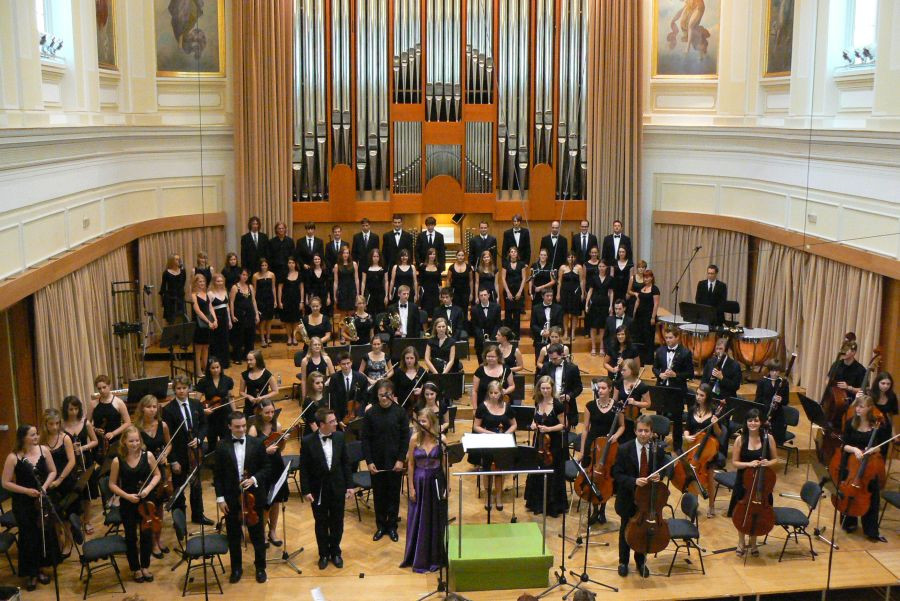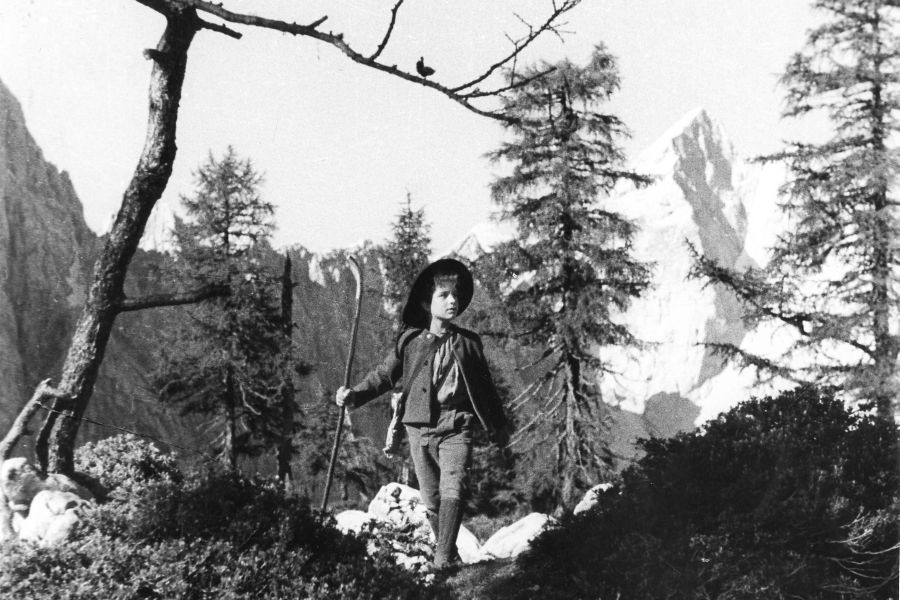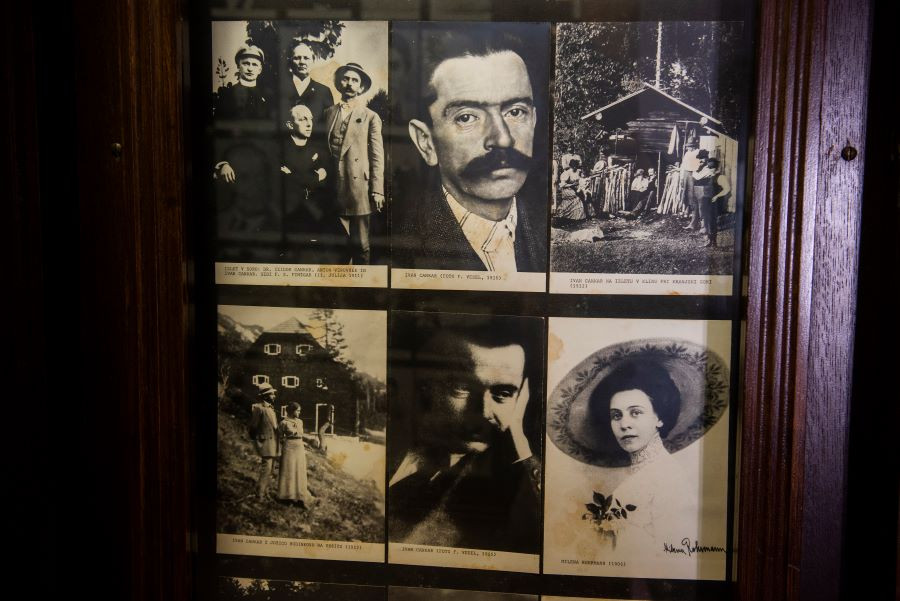Extremely rich cultural heritage
Dance
The earliest written records of dance in Slovenia date bavck to the 10th century. Dance was an integral of many rituals and other social events. One of the earliest depictions of dance are the graphic works in The Glory of the Duchy of Carniola by Valvasor from 1689.
The phenomenon of folklore groups played an important role in the preservation of regional dance heritage, especially after the interwar period. The origin of this tradition, which is rather diversified today, may go back to 1908, when regional representatives of Slovenia performed in their customes in Vienna at the ceremony commemorating the Emperor's 60th year on the throne. Artistic dance, like ballet, and social dances have a heritage that is primarily preserved in cities.
Music
Music is a widespread art form among Slovenians. We like music of all kinds: classical, pop, popular folk music…We like to sing, both in choirs or only by and for ourselves. The most popular genre is popular folk, followed by pop music, classical music, rock, jazz and ethno.
The first secular songs date from the 9th century. The reformation played an important role in music, too, as it produced songbooks written by Trubar and Bohorič. The great composers of the time include Jurij Slatkonja, the first Bishop of Vienna, and Jacobus Gallus Carniolus. In the 19th century, music, too, was influenced by the elements of national awakening.
The Slovenian national Theatres of Ljubljana and Maribor each has an operatic orchestra, and there are two symphony orchestras: the Slovenian Philharmonic Orchestra and the RTV Slovenia Symphony Orchestra. The Slovenian Philharmonic Orchestra has a large and loyal audience, and often hosts famous musical names (including Ana Netrebko, Elton John and Sting).
Film
While the first Slovenian documentary was made only shortly after the invention of the film camera by Karol Grossman in 1905, only a few isolated films and short silent documentaries were produced before the second World War. However, the European scene was strongly marked by Ita Rina, a Slovenian-born silent film. Film production came to life after the second World War.
The first Slovenian sound full-length film, Na svoji zemlji (on our own land), directed by France Štiglic, transcended the stereotype of socialist realism in film with its emotional power and sincerity.
Most other Slovenian films from the period depicted the war and social topics in a surprisingly intimate, emotional way, which differed from the ideological matrix of the immediate post-war years.
This was also the beginning of the era of high-quality children’s films, many of which (e.g. Kekec by Jože Gale or Dolina miru by France Štiglic) also won awards in Western Europe; they were followed by modernist films by Matjaž Klopčič and Boštjan Hladnik. Slovenian production also includes numerous films based on Slovenian literary works.
The 1980s marked the beginnings of critical, socially committed films problematizing the established historical outlook.
After Slovenia’s independence, an entirely new generation of directors appeared and film production strengthened considerably in the new millennium. Although most films still focus on the social issues of marginalised groups, the number of comedies, romances and examples of other genres is not small. Directors such as Igor Šterk, Damjan Kozole, Metod Pevec, Janez Lapajne, Andrej Košak, Miha Hočevar, Žiga Virc, Mitja Okorn and Jan Cvitkovič are the names that have attracted the most attention in the last few years. An important role is played by public television, which regularly undertakes joint projects with film producers.
Theatre
The first plays in the territory of present-day Slovenia were staged in the 16th century by seminarians of different religious schools (especially the Jesuits); the oldest preserved example is the Škofjeloški pasijon (Processio locopolitana; The Škofja Loka passion), a model example of Baroque theatre at the time. Capuchin monk Romuald Marušič, who lived in the Škofja Loka monastery, wrote the first draft in 1715 and completed the final version in 1727. The passion play is a procession that stops at certain points in Škofja Loka.
The origins of Slovenian theatre go back to 1789, when Anton Tomaž Linhart first staged his comedy Županova Micka (Micka, the mayor’s daughter) at the then german estate Theatre.
After a relatively long hiatus, theatre activities increased towards the end of the 19th century with the founding of the drama association. The first professional theatre, SNG Drama in Ljubljana, was established before the first World War and has been the home of the best Slovenian theatre artists until today.
As well as institutional theatres, Slovenia has several active experimental theatre companies, whose achievements significantly shape the sphere of the performing arts. Theatre is an area of Slovenian culture that has achieved outstanding success and acquired a reputation confirmed by international media in the last three decades.
Literature and books
Slovenians feel literature; it has helped build our identity, and it has kept its prominent role until today. When Primož Trubar, a protestant priest, published the first Slovenian printed books – catechism and abecedarium – in 1550, he put the Slovenian language and nation on the map of European nations in the spirit of the time of the reformation.
Trubar smuggled the first Slovenian books in barrels from the Tübingen printing house, which is not a legend, but a proven historical fact.
Even the great man himself could probably not have imagined that this would lay the foundations for the Slovenian literary language, on which artists of future generations would build, nor the rich repertoire of creativity that would follow his work.
Ever since, the language and the literature written in it have been closely intertwined with the national consciousness, which was best expressed by France Prešeren, the greatest slovenian poet and a known personality of european romanticism.
Slovenian writer Ivan Cankar wrote that Slovenia is a slice of heaven under mt. Triglav. This representative of Slovenian modernism, and one of its most prominent authors, was among those who linked literary creation with political activism. This is further evidence of how creativity and (international) political activity go hand in hand. Today, these authors are succeeded by numerous writers and poets, including Srečko Kosovel, Boris Pahor, Drago Jančar, Tomaž Šalamun, Aleš Debeljak and Brina Svit, whose works have been translated into several foreign languages, proving that a language spoken by a mere two million can produce priceless treasures, too.
Ethnographic and ethnological heritage
Slovenia had no huge metropolis and its central national institutions were established mainly in the 20th century. There is, however, an even more interesting ethnographic and ethnological heritage.
Beautifully preserved old town centres (such as Ptuj, Piran, Škofja loka, Kranj, Ljubljana) display the central european heritage of late gothic, renaissance, and Baroque architecture. The same applies to the majority of churches that constitute an important share of cultural heritage. The best-known examples of religious heritage are the late gothic church at Ptujska gora near Ptuj, and the romanesque and Baroque Stična, Kostanjevica, and the gothic Pleterje and Žiče monasteries. The town of Idrija, with an abandoned mercury mining complex, is a well-preserved cultural monument of the early industrial era and is on the unesco list of world heritage.
Slovenia is interesting for its many castles and manor houses, which were used by the aristocracy as holiday homes and hunting lodges. The best-known castles, mainly museums now, are those in Ljubljana, Bled, Ptuj, Podsreda, Predjama, and Snežnik, all popular tourist spots.
There is also an interesting ethnographic and ethnological heritage; rural architecture, original solutions for planning small settlements and houses, kozolci (hayracks) as an original rural “tool” for drying hay, and quaint town centres that radiate the organised modesty of former townspeople are the most visible features of the cultural heritage. The architecture of the Karst region with its stone walls, dense villages and details on its stone houses is also unique.
Movable cultural heritage is promoted by more than sixty museums and by many more museum collections. The biggest museums are the national general museums in Ljubljana: the national museum of Slovenia and the museum of contemporary history of Slovenia, Slovenian ethnographic, technical and natural science museums. specialised museums and regional museums are spread in all regions of Slovenia. The most interesting include the Pomorski muzej of Sergej Mašera in Piran, Park vojaške zgodovine in pivka, the Kobarid museum, which won the best european museum prize.
Kurenti are one of the original carnival characters from Ptujsko polje that are supposed to chase winter away. Other carnival masks include the cerkljanski laufarji, pustovi, Škoromati, and others.
Painted beehive panels are a unique reflection of folk creativity and rural art in the Alpine region of slovenia, dating from the 18th and 19th centuries and depicting everyday life and religious scenes. Considered a marvel on ther global scale, painted bee hive panels are a unique representaztive of Slovenian art heritage.
Sophisticated Idrija lace, the wooden products of Ribnica (woodenware) and ceramics from Prekmurje are also part of its folk creativity.
Similar articles
-
A short history of Slovenia
-
The Slovenian anthem emphasises ties and friendship among nations
-
1991 Prešeren Award Winners
-
Drago Jančar – a European storyteller in the Slovenian language
-
Dialects enrich the Slovenian language
-
Pioneers of Slovenian Beekeeping
-
Slovenian monasteries
-
Extremely rich cultural heritage
-
Stories from beehive panels
-
World’s oldest vine





